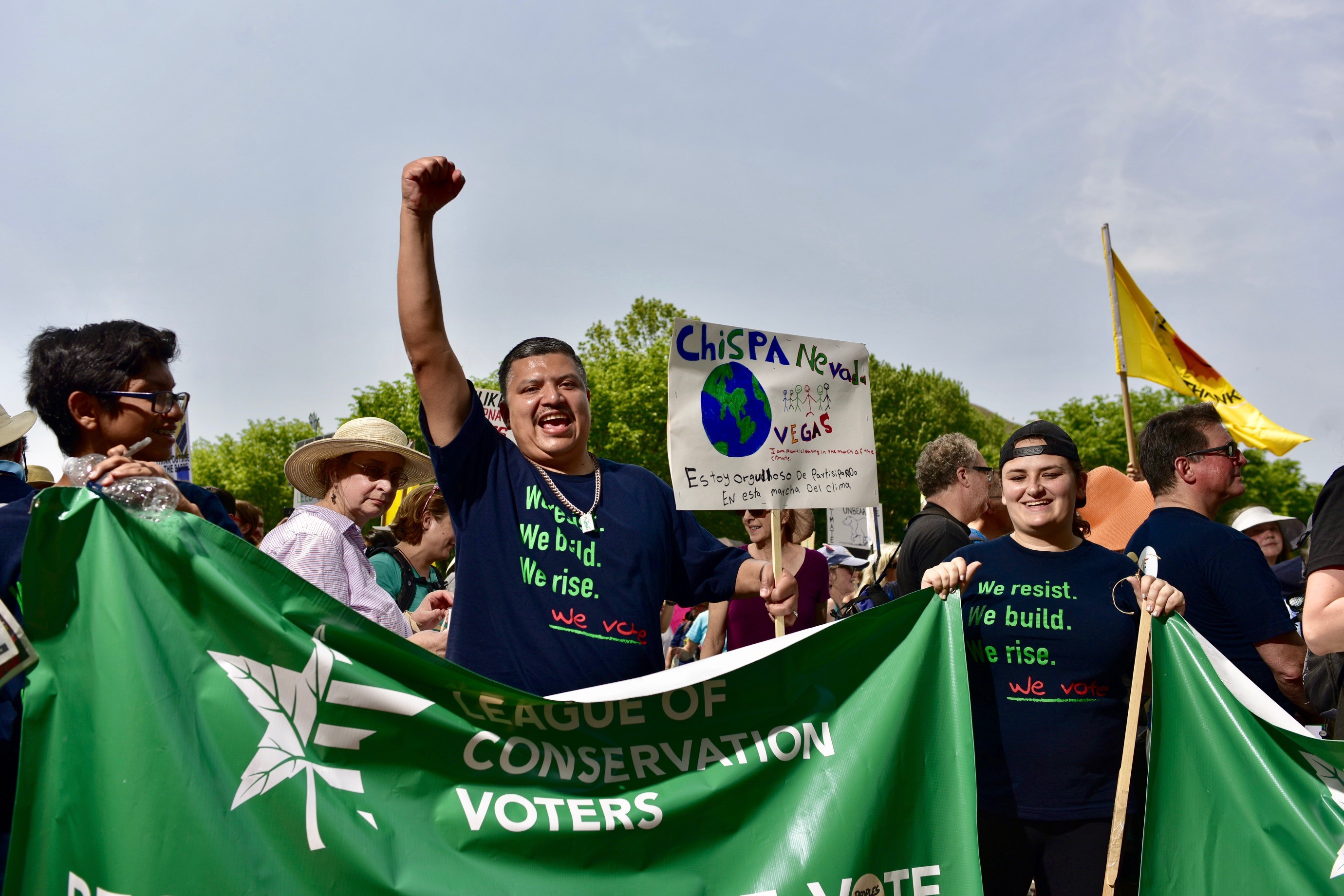Jul
Jul 27, 2022
Faces at the Forefront
In protests surrounding human and environmental rights, the people at the forefront of action are often women and people of color, and it is not uncommon that posters with the words “The Future Is Female” or “POC (People of Color) are the future” painted on them are seen within the crowd. But what do these phrases even really mean? “By 2043, there will be no racial/ethnic group that comprises a majority,” explains Maya A. Beasley of Green 2.0, when explaining shifts in the composition of the American public. These shifts in demographics are represented tremendously within the crowd of people who are standing up and stepping out for equality.
This increase of people of color within this nation’s communities creates an increased push to alleviate issues plaguing communities of color, and thus, an increased push to have companies and administrations represent the demographics of the people they serve.
But how does any of this pertain to the environmental movement?
People of color are disproportionately impacted by environmental degradation due to the location of their communities. This is unjust—all communities across our nation deserve a clean and sustainable future.

Actions Aligning with Identities
People of color stretch their advocacy for environmental issues far and wide – it goes beyond participating in protests and marches. It is evident that people of color in Congress share value in the environment and the health of the people they represent. And, there is no better way to understand a person’s values than by analyzing their actions, which is what the League of Conservation Voters (LCV) did by releasing the 2016 National Environmental Scorecard Report on Congressional Caucuses of Color. While summarizing the findings of this scorecard, which focuses on the voting record of congressional caucuses of color, Jennifer Allen, SVP of Civic and Community Engagement at LCV, states, “…on average, Congressional members of color and the caucuses they are part of, are often among the strongest supporters of public health and the environment.”

People Motivated by Vision

This partly explains why large environmental organizations must have people of color in positions of power. The minds behind the initiative called Green 2.0 are actively pushing the environmental movement to reflect the groups of people they serve because racial and ethnic diversity are integral to the effectiveness of the movement’s efforts. Green 2.0 called on top environmental NGOs and foundations to release figures on the racial and gender composition of their staff and leadership, thus, catalyzing conversations about the role that diversity plays in the work that is done by the organizations. Green 2.0 celebrates the benefits of a diverse workforce: multiple perspective on issues, an increased focus on environmental justice, tying the green movement to the heterogeneous communities across this country, and widening the reach of the movement by increasing the involvement of differing constituent groups.
Even more captivating are the people behind this initiative and the spirit behind the efforts to fight for a sustainable future. Working group members of Green 2.0 have backgrounds ranging from marine biology to political science, but what reigns true for all of them is a desire to ensure a clean and healthy future for the world’s inhabitants. In her life’s work before her passing, Dr. Chandra Taylor Smith embodied what it meant to use the connection between people and the environment to benefit the green movement. She has authored articles explaining the environmental and personal benefits of understanding and appreciating how nature is connected to the human experience. This heighten understanding of the intersection between humans and the environment has allowed for her work with Green 2.0 to push organizations within the green movement to recognize the need to diversify.
LCV was one of the organizations that participated in Green 2.0’s data collection, demonstrating a commitment to representing all the communities affected by climate change and environmental injustices. Jennifer Allen, SVP of Civic and Community engagement, highlights how, “For the last two years, LCV leadership and staff have been working to ensure that who we are, what we say, what we do, how we do it and who we do it with is a better, stronger reflection of our nation and realities and needs of communities of communities of color.”

Also, the commitment to connecting people to the environment is evident in LCV’s involvement in the People’s Climate March and programs such as Chispa, which works to ensures that Latino families have an influence on environmental policies that impact their communities. We as an organization understand that we have only uncovered the beginnings of being more inclusive and just and will continue to work to improve.
The increased focus on racial and gender diversity is evidence of the shift in strategies within the green movement towards highlighting how the future of communities throughout America, and the world, is undoubtedly tied to the future of the environment. It’s as Maya A. Beasley said, “…adapt to shifting American demographics or become obsolete.” And it is even truer that our country must adapt to the vision of a greener future or render its power obsolete.